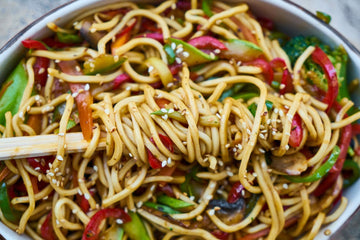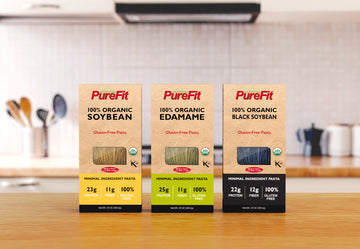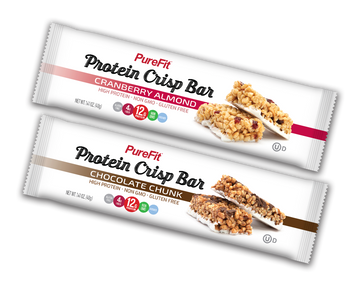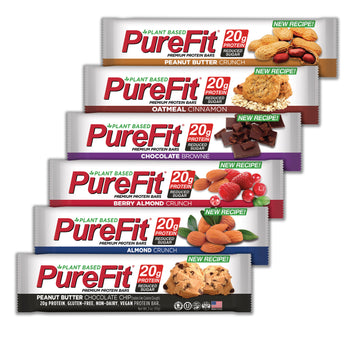

As we become more conscious of damaging the environment and our health, many people are switching to a plant-based or vegan diet, swapping meat and animal products like milk and cheese for plant-based alternatives. This lifestyle has numerous benefits. So if you’ve been toying with the idea of making the switch, it is well worth giving it a try.
Reasons People Go Vegan
Most people choose a Vegan lifestyle for health benefits or ethical reasons rather than a dislike of meat and animal products. These reasons include:
- Health Benefits
A vegan diet is considered much healthier than one that includes meat. While we need protein, many advocates of a vegan diet believe that protein from plant sources is more nourishing.
Animal-based products contain saturated and trans fats and have been linked to health problems like obesity, heart disease, and diabetes. Plant-based diets are full of vitamins, minerals, antioxidants, and fiber, as long as you choose whole foods like vegetables, fruits, and whole grains.
- Sustaining the Environment
Nowadays, we have more access to information. More people are becoming aware of how harmful animal farming is to the environment.
Animal agriculture takes up more land space and uses more resources like water and energy than crops. This leads to an increase in greenhouse gas emissions and pollution.
- Animal Cruelty
For animal lovers, the decision to go vegan is an ethical one. Unlike hundreds of years ago, when animals like cows, chickens, and sheep spent their days roaming freely on a farm and lived in comfortable conditions, animal factories today keep animals in less than desirable conditions.
These animals that are raised as food are kept in small, cramped enclosures, treated inhumanely and often injected with antibiotics and chemicals so that they grow quickly.
Incorporating Protein Into a Vegan Diet
One of the first concerns when switching to a vegan diet is figuring out how to eat enough protein. Typically when people go vegan, they eat the same foods that they used to and just leave out the meat, which means they are losing out on an essential food group.
- Supplements
Instead of simply omitting your usual protein source, you need to look to include other plant proteins as a substitute. One way to do this is to supplement your meals with a BCAA supplement, but make sure the one you choose is vegan. Check out the Barbend BCAA review for some good options.
- Plant Proteins
Another option is to look for plant-based foods that are high in protein. When it comes to comfort food, many new vegans reach for pasta. Plant-based foods can be unsatisfying, but pasta is filling and hearty, so it’s an easy option.
However, pasta can be very unhealthy, and depending on how you prepare it, contains little nutritional value with no protein. If you love pasta and are looking for a healthy, protein-rich alternative, try a protein pasta that’s 100% organic and made with soybeans.
This pasta contains 25g of protein per serving and only takes three minutes to prepare. Steam or saute vegetables like spinach, bell peppers, onions, and carrots and either add them to a sauce or chop them into chunks and toss them into the pasta. Other popular plant proteins include:
- Lentils
- Tofu
- Quinoa
Lentils contain lots of fiber and protein, and you can use them in various dishes. Add them to soups and salads or use them as a base to make sauces.
Tofu is a popular food in East Asian cuisine, and since it doesn’t have much flavor, it absorbs the taste of the spices and other ingredients it is cooked with.
Quinoa is a grain that’s easy to prepare and packed with protein. It also contains fiber and iron.
Avoid Highly Processed Plant Proteins
The rise of veganism has seen many vegan protein foods available at local supermarkets that can be used as a direct substitute for meat products.
It might be tempting to stock your freezer and pantry with a range of processed vegan foods that are convenient to prepare, but you should only eat these foods occasionally.
Many contain high amounts of salt and sugar to enhance the flavor. Before buying these convenient packaged foods, read the labels to know what they contain.
References



